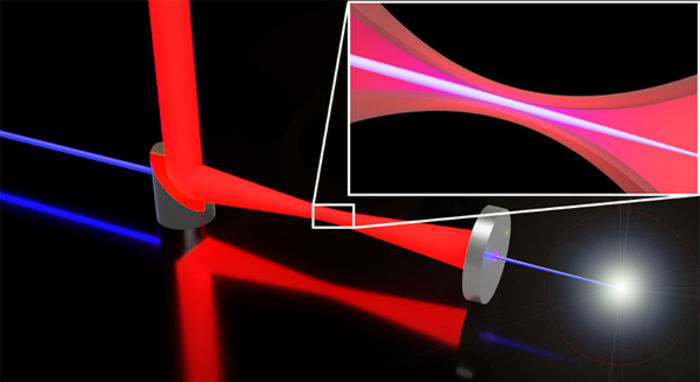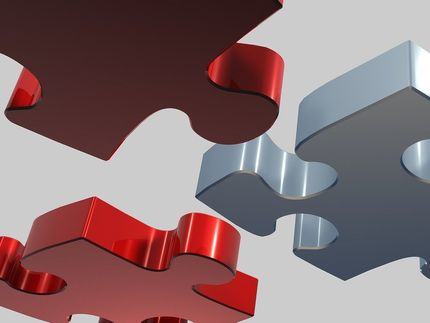New production method could fill major need for new sources of MSCs
Stem cell scientists from the University of Queensland Centre for Clinical Research (UQCCR) in Australia have discovered a new method for producing mesenchymal stem/stromal cells (MSCs) from human iPSCs that substantially improves on current methods and speeds up conversion time. The research, published in STEM CELLS Translational Medicine, reveals that treating iPSCs with the transforming growth factor-ß pathway inhibitor SB431542 leads to rapid and uniform MSC conversion of pluripotent stem cells without the need for embryoid body formation or feeder cell co-culture.
“Having a rapid, effective system for generating MSCs is essential for the translation of these stem cell technologies to the clinic. The method reported here, which bypasses the need for harvesting from bone marrow or fat, is a promising solution,” commented Dr. Anthony Atala, director of the Wake Forest Institute for Regenerative Medicine and editor of STEM CELLS Translational Medicine, on the significance of this new study.
Because of their immunosuppressive properties and ability to differentiate into a wide range of mesenchymal-lineage tissues, MSCs show great potential for treating cardiac, renal, neural, joint and bone diseases and injuries as well as inflammatory conditions and hemopoietic co-transplantation. However, MSCs are typically harvested from adult bone marrow or fat, which not only is painful but also yields low amounts.
“Harvesting from cord blood also has its drawbacks, since MSCs can typically be isolated from only about a third of cord samples,” said UQCCR researcher Dr. Rebecca Pelekanos. “And while fetal, placental and amniotic sources yield abundant supplies, they require invasive procedures or access to aborted tissue, which has ethical issues.
The investigative teams of the UQCCR and Australian Institute for Bioengineering and Nanotechnology (AIBN) developed the MSCs by first generating epithelial-like monolayer cells by culturing ESCs/iPSCs in a serum-free medium containing SB431542. After 10 days, the iPSCs showed upregulation of mesodermal genes and downregulation of pluripotency genes. Differentiation was then completed by transferring the cells into a conventional MSC medium.
“Because iPSCs can be harvested free of ethical constraints and can be readily culture expanded, the simple EB-free differentiation protocol described has considerable potential for the in vitro scale-up required to enable a wide range of MSC-based therapies,” noted Professor Nicholas Fisk, the UQCCR laboratory head for the study. “Our protocol provides a robust, clinically applicable and efficient system for generating MSCs from human iPSCs.”
Dr. Pelekanos added, “Apart from allogeneic applications under development, this suggests that patients-specific iPSC-MSCs may also be considered as an alternative cell source for future tissue-engineering applications.”
Ernst Wolvetang, an associate professor on the AIBN team and co-lead investigator, further commented, “It is now timely to test in vivo the efficacy and long-term safety of iPSC-derived MSCs generated by this method in both small and large animals before progressing to human trials.”
Most read news
Organizations
Other news from the department science

Get the life science industry in your inbox
By submitting this form you agree that LUMITOS AG will send you the newsletter(s) selected above by email. Your data will not be passed on to third parties. Your data will be stored and processed in accordance with our data protection regulations. LUMITOS may contact you by email for the purpose of advertising or market and opinion surveys. You can revoke your consent at any time without giving reasons to LUMITOS AG, Ernst-Augustin-Str. 2, 12489 Berlin, Germany or by e-mail at revoke@lumitos.com with effect for the future. In addition, each email contains a link to unsubscribe from the corresponding newsletter.
Most read news
More news from our other portals
Last viewed contents
Algae
Potato
Reflex
Enzyme_kinetics
Alpha/beta_hydrolase_fold
NIH scientists discover promising target to block Staphylococcus infection
Isradipine
Skin models instead of rabbits - OECD Expert Committee agrees on non-animal method to test the skin-irritant action of substances
Onchocerciasis
Flying_and_gliding_animals
Lateralization_of_bird_song



















































